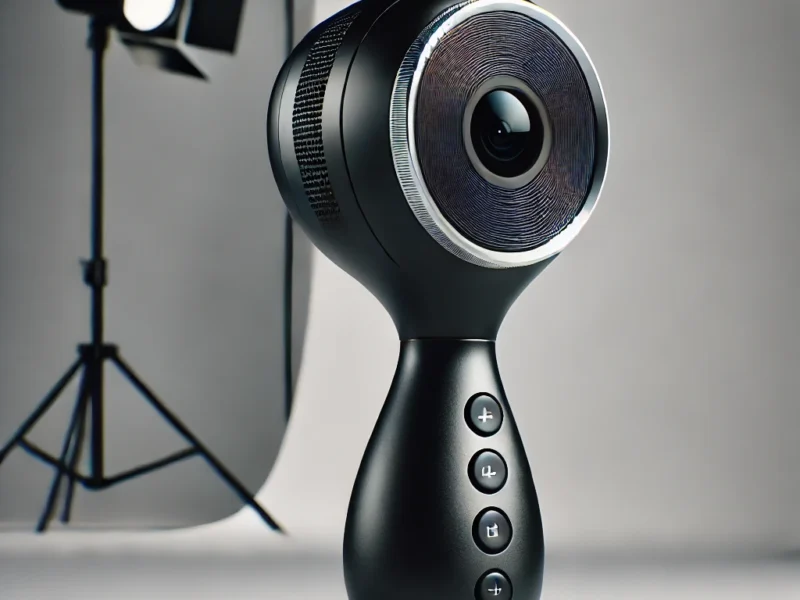Insituform Technologies has long been a leader in the field of pipeline rehabilitation, offering innovative solutions that extend the life of aging infrastructure. This blog post will delve into the history, technology, and impact of Insituform Technologies, providing readers with a comprehensive understanding of its significance in the industry. Whether you’re a municipal engineer, a utility manager, or simply interested in cutting-edge technology, this post will offer valuable insights.
History of Insituform Technologies:
Founded in 1971, Insituform Technologies pioneered the trenchless technology method known as cured-in-place pipe (CIPP). This innovative approach allowed for the repair of existing pipelines without the need for extensive excavation, dramatically reducing costs and disruption.
How CIPP Works
Cured-in-place pipe (CIPP) is a trenchless rehabilitation method used to repair existing pipelines. Here’s a step-by-step breakdown of the process:
-
Inspection:
The pipeline is first inspected using CCTV technology to assess its condition and determine the extent of the damage.
-
Cleaning:
The pipeline is then cleaned to remove debris, roots, and other obstructions.
-
Lining:
A felt tube saturated with resin is inverted or pulled into the damaged pipeline.
-
Curing:
The resin is cured using hot water, steam, or UV light, forming a tight-fitting, seamless, and jointless pipe within the existing pipe.
-
Inspection:
A final inspection is conducted to ensure the repair was successful and the pipeline is functioning properly.
Benefits of Insituform Technologies:
Cost-Effective:
One of the most significant advantages of Insituform Technologies is its cost-effectiveness. Traditional pipeline repair methods require extensive excavation, which can be both labor-intensive and costly. By contrast, Insituform’s cured-in-place pipe (CIPP) method eliminates the need for digging up large sections of ground. This reduction in excavation leads to substantial savings in labor costs and materials. Additionally, the quick installation process minimizes the time required for repairs, further reducing overall project costs.
Minimally Invasive:
The trenchless nature of Insituform Technologies makes it a minimally invasive solution. Instead of disrupting roads, landscapes, and daily activities, the CIPP method works within the existing pipeline. This significantly reduces the environmental impact and inconvenience to surrounding communities. Whether it’s beneath busy city streets or sensitive ecological areas, Insituform Technologies ensures that the rehabilitation process is as unobtrusive as possible, preserving the integrity of the environment and community life.
Durability:
Insituform’s CIPP liners are designed to last. The technology involves inserting a resin-saturated felt tube into the existing pipeline, which is then cured to form a hard, durable pipe within a pipe. This new liner can withstand the same pressures and stresses as a brand-new pipeline and has a lifespan of over 50 years. The longevity of the CIPP solution means fewer repairs and replacements over time, providing long-term reliability and cost savings.
Versatility:
Insituform Technologies is highly versatile, capable of rehabilitating various types of pipelines. Whether dealing with potable water systems, wastewater lines, or industrial pipelines carrying hazardous chemicals, the CIPP method can be adapted to suit different needs. The technology is flexible enough to navigate bends, changes in diameter, and other complexities within the pipeline network. This adaptability makes it an ideal solution for a wide range of infrastructure rehabilitation projects.
Applications of Insituform Technologies:
Municipal Water Systems:
Municipal water systems are crucial for delivering clean, safe drinking water to communities. Over time, these pipelines can degrade, leading to leaks and potential contamination. Insituform Technologies offers a solution by extending the life of these aging water distribution networks. The CIPP method allows for the internal repair of water mains without the need for extensive excavation, ensuring that the water supply remains uninterrupted and the infrastructure is restored to optimal condition.
Wastewater Systems:
Infiltration and inflow (I&I) are common issues in wastewater systems, where groundwater or stormwater enters the sewer system, overwhelming treatment plants and leading to overflows. Insituform Technologies addresses these problems by providing a seamless, jointless pipe within the existing sewer lines, effectively sealing any leaks and preventing I&I. This not only improves the efficiency of wastewater treatment but also reduces the risk of environmental contamination and public health hazards.
Industrial Pipelines:
Industrial pipelines often transport hazardous materials, making their integrity and reliability critical. Insituform Technologies ensures the safe transport of chemicals and other industrial materials by reinforcing the existing pipelines with a durable CIPP liner. This method minimizes the risk of leaks and spills, protecting both the environment and the health of workers. Additionally, the trenchless repair process allows industrial operations to continue with minimal disruption, ensuring that productivity is maintained.
Case Studies:
Benefytt Technologies:
Benefytt Technologies has leveraged Insituform Technologies to rehabilitate their industrial pipelines, ensuring the safe and efficient transport of their products. This partnership has resulted in significant cost savings and improved operational reliability.
Lucent Technologies:
Lucent Technologies has utilized Insituform’s trenchless technology to upgrade their water and wastewater systems. The minimally invasive nature of CIPP allowed Lucent to maintain continuous operations during the rehabilitation process, showcasing the adaptability and efficiency of Insituform’s solutions.
Future of Insituform Technologies
As infrastructure continues to age, the demand for trenchless rehabilitation methods like CIPP is expected to grow. Insituform Technologies remains at the forefront of this industry, continually innovating and expanding its services to meet the needs of municipalities, utilities, and industries worldwide.
Frequently Asked Questions
What types of pipelines can Insituform Technologies rehabilitate?
Insituform Technologies can be used on a variety of pipelines, including water, wastewater, and industrial pipelines.
How long does the CIPP process take?
The duration of the CIPP process depends on the length and condition of the pipeline, but most projects can be completed within a few days.
What is the lifespan of a CIPP liner?
A CIPP liner can last for over 50 years, providing a durable and long-lasting solution for pipeline rehabilitation.
Conclusion:
Insituform Technologies has revolutionized the field of pipeline rehabilitation with its innovative CIPP method. By offering a cost-effective, minimally invasive, and durable solution, Insituform has helped countless municipalities and industries extend the life of their infrastructure. As the demand for trenchless technology continues to grow, Insituform Technologies is poised to lead the way with its cutting-edge solutions.



